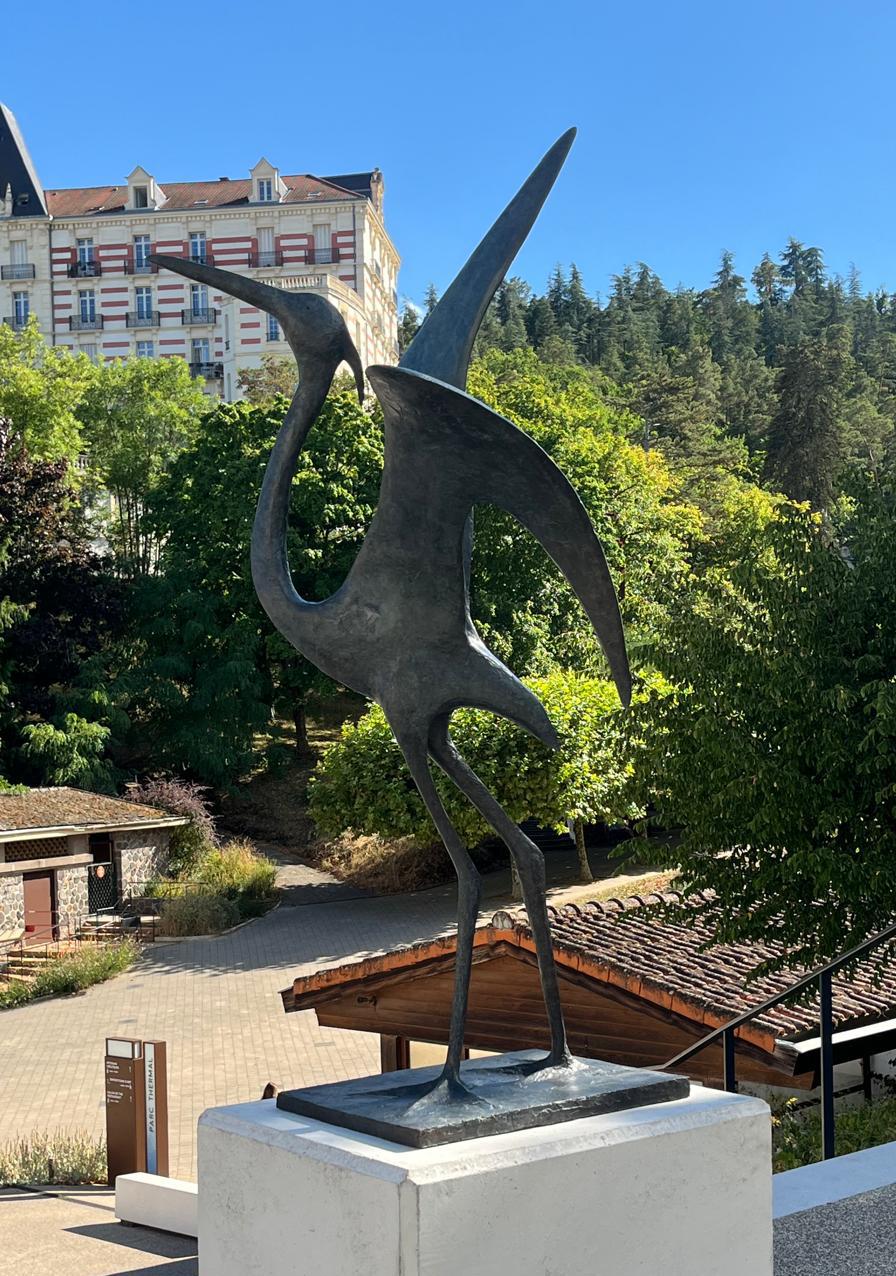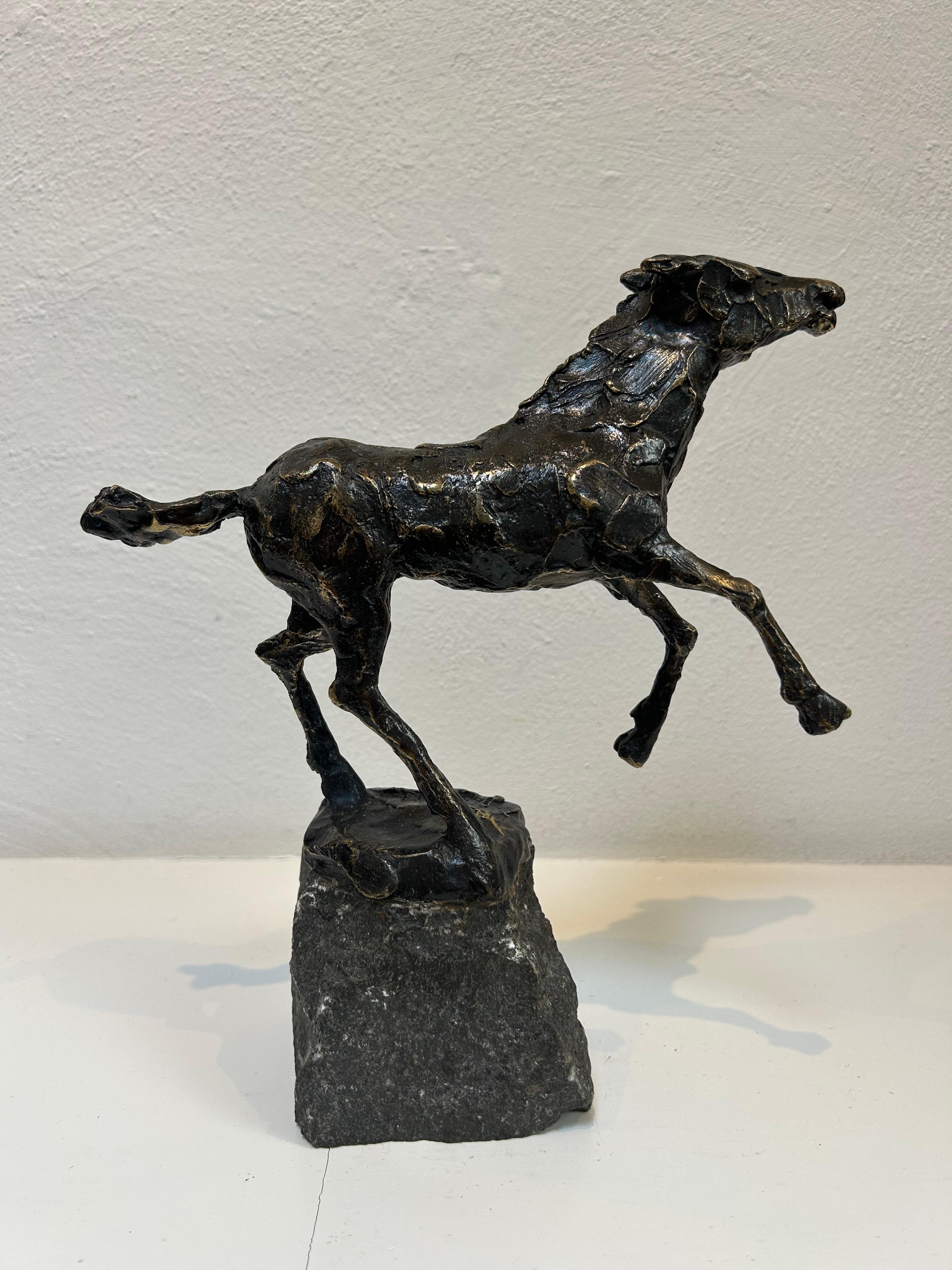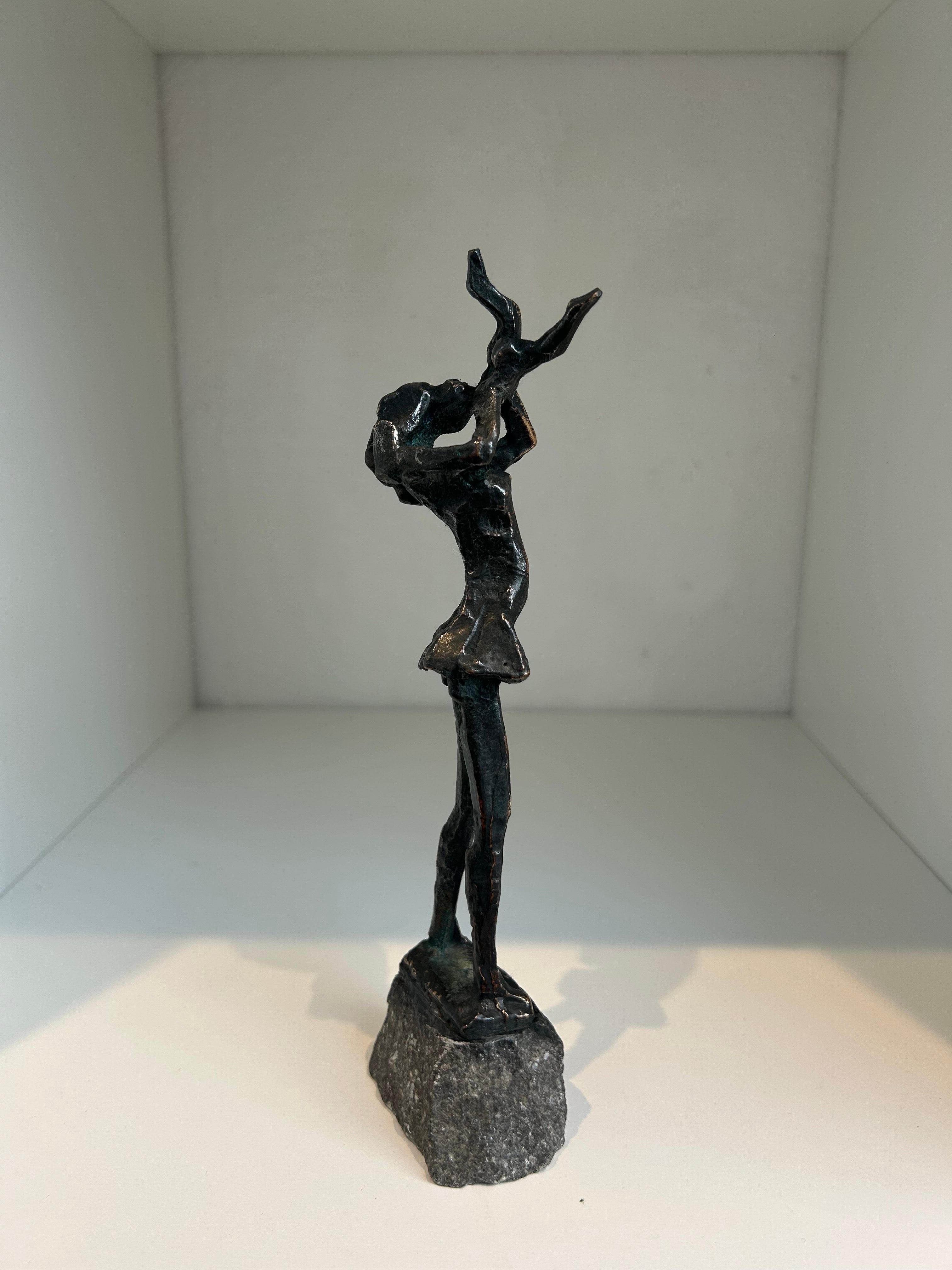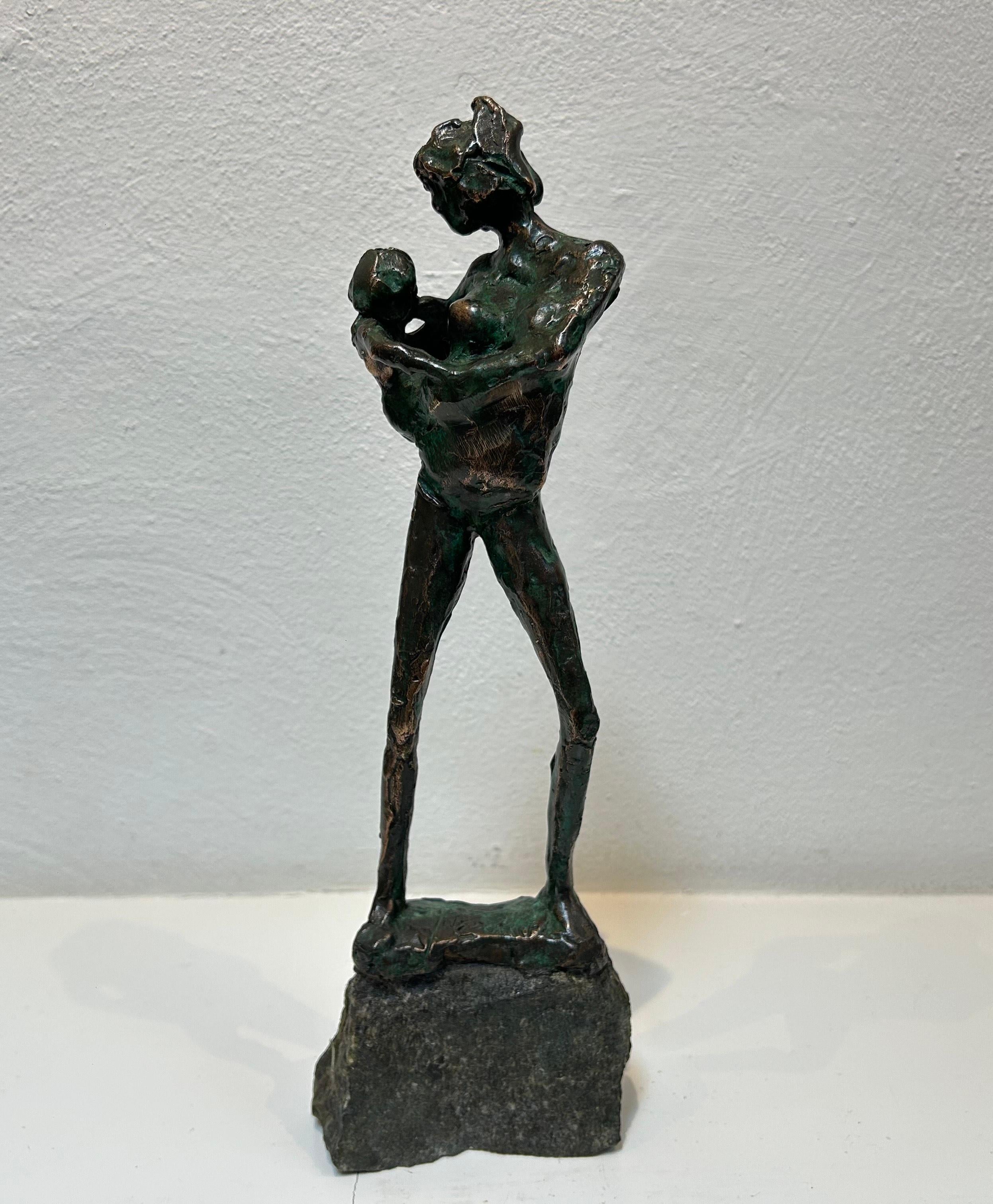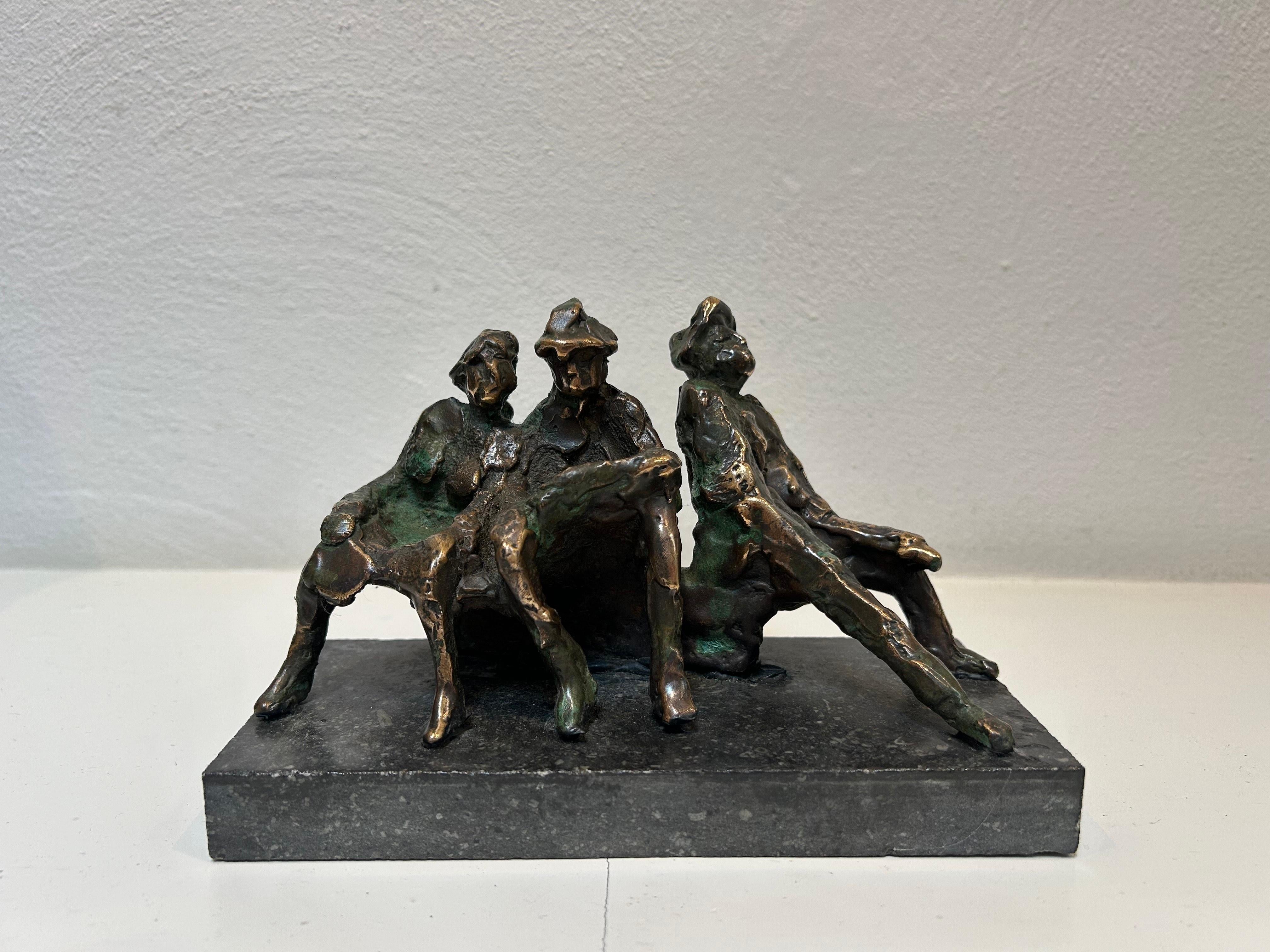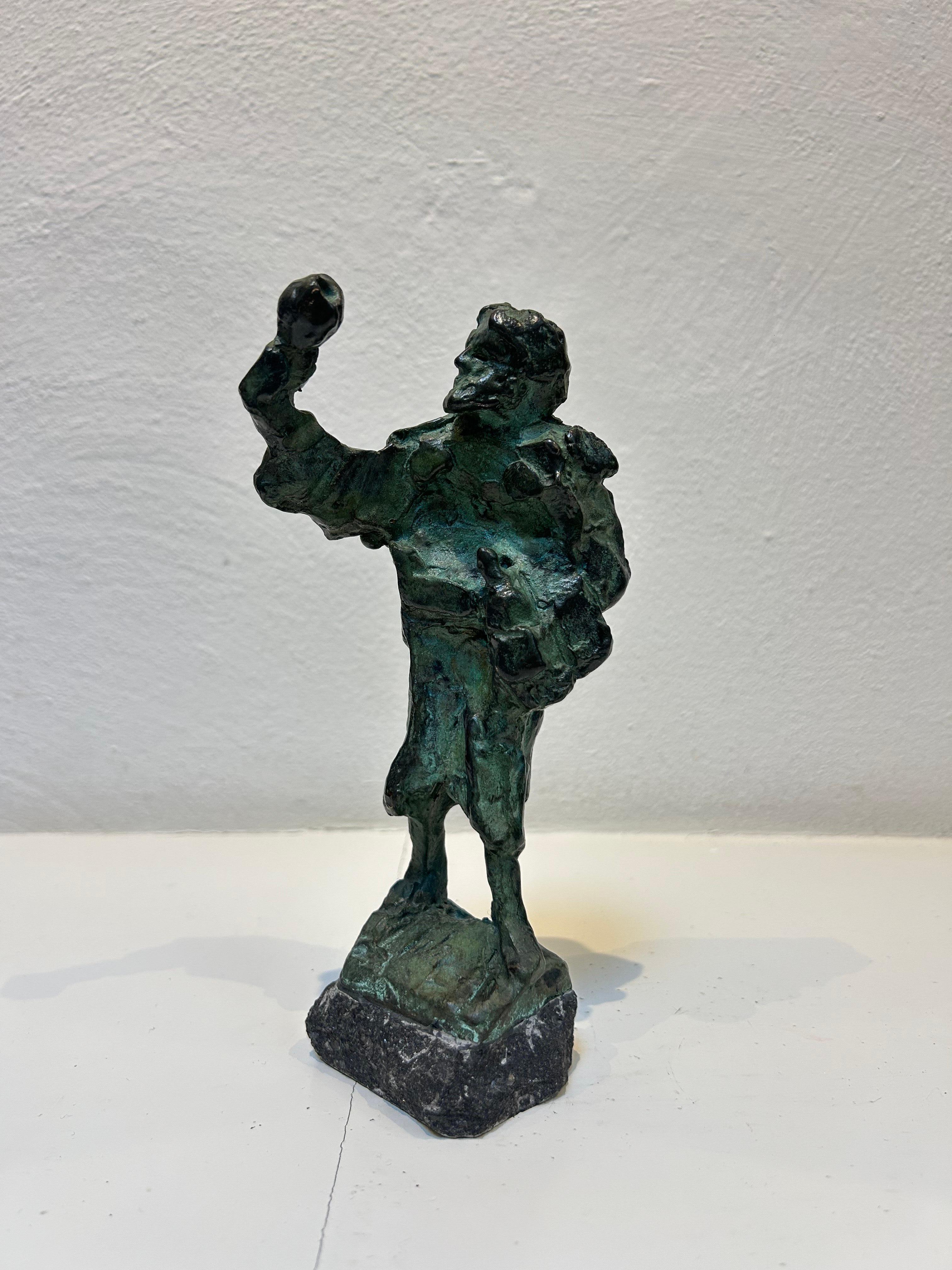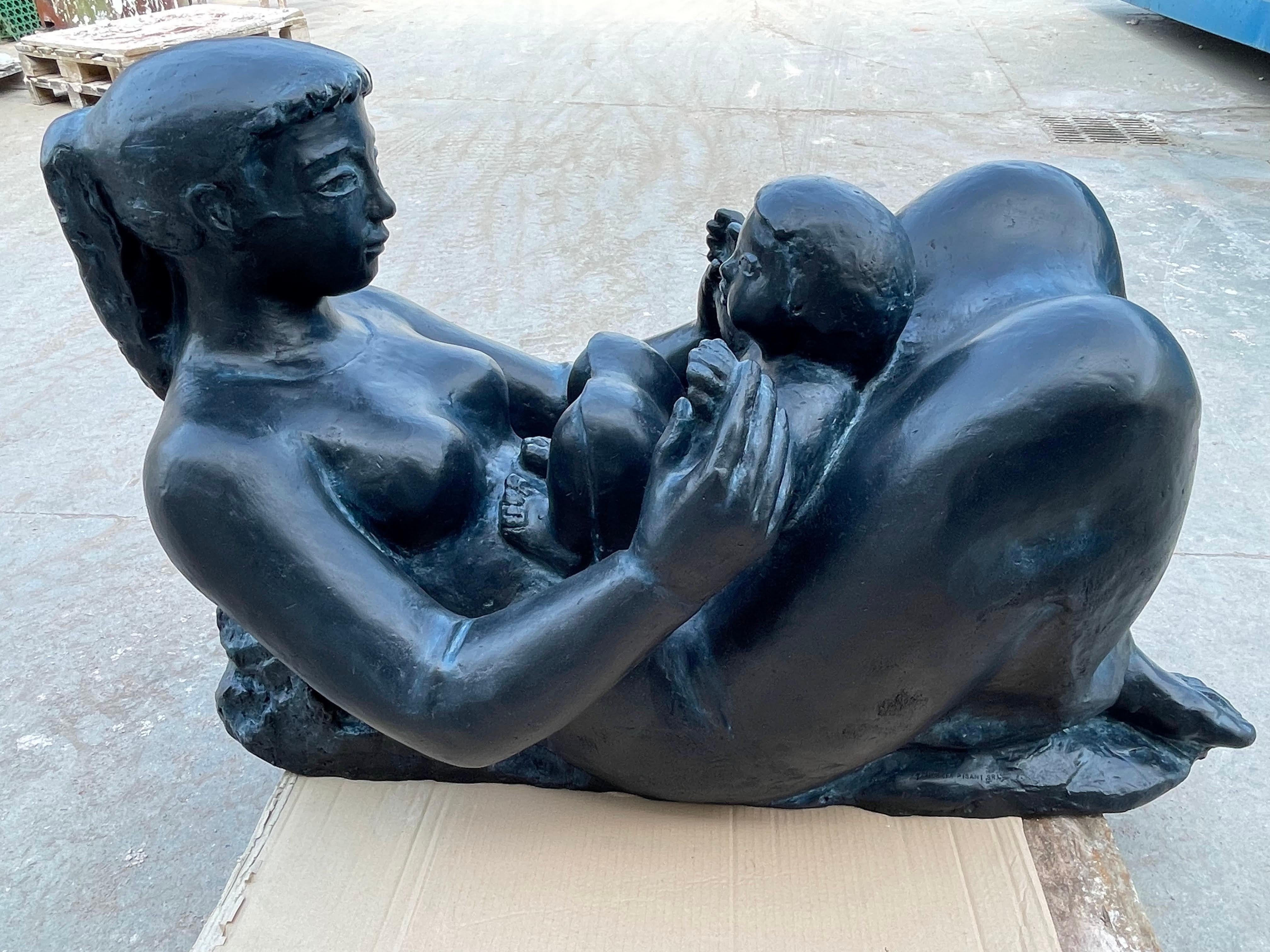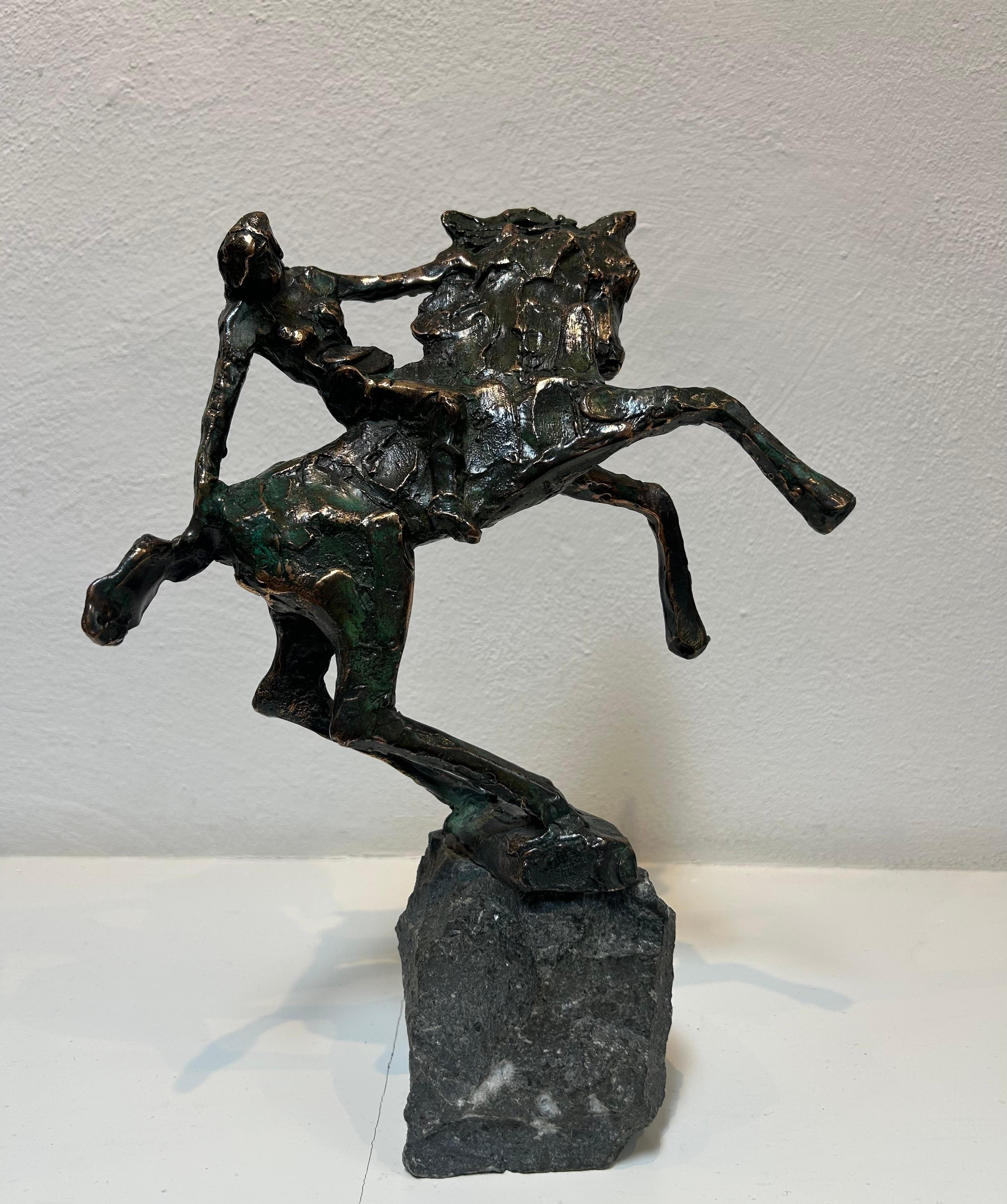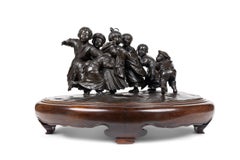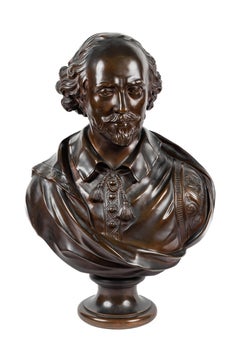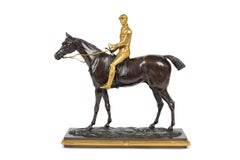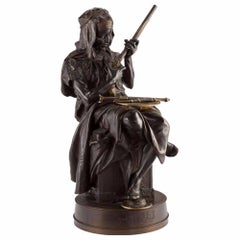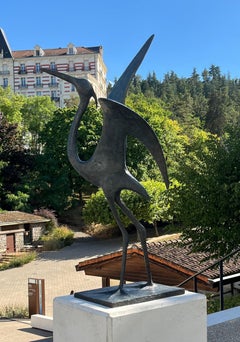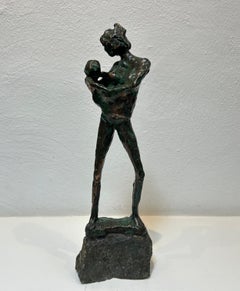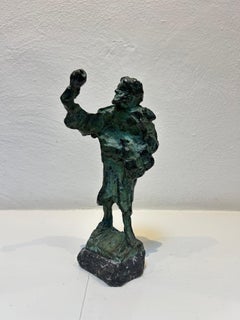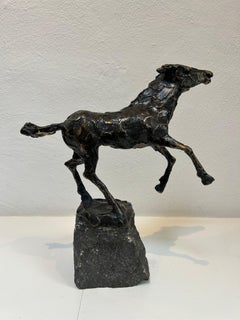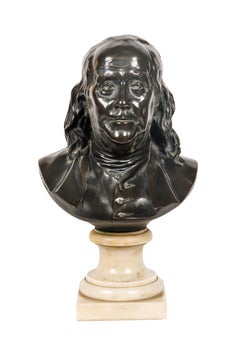
A Bronze Bust of Benjamin Franklin after Houdon
View Similar Items
Video Loading
Want more images or videos?
Request additional images or videos from the seller
1 of 13
A Bronze Bust of Benjamin Franklin after Houdon
$30,000List Price
About the Item
- Dimensions:Height: 19 in (48.26 cm)Width: 12 in (30.48 cm)Depth: 6 in (15.24 cm)
- Medium:
- After:Jean-Antoine Houdon (1741 - 1828, French)
- Period:
- Condition:
- Gallery Location:Queens, NY
- Reference Number:1stDibs: LU1151212024142
About the Seller
5.0
Gold Seller
Premium sellers maintaining a 4.3+ rating and 24-hour response times
Established in 1980
1stDibs seller since 2019
15 sales on 1stDibs
Typical response time: 5 hours
Authenticity Guarantee
In the unlikely event there’s an issue with an item’s authenticity, contact us within 1 year for a full refund. DetailsMoney-Back Guarantee
If your item is not as described, is damaged in transit, or does not arrive, contact us within 7 days for a full refund. Details24-Hour Cancellation
You have a 24-hour grace period in which to reconsider your purchase, with no questions asked.Vetted Professional Sellers
Our world-class sellers must adhere to strict standards for service and quality, maintaining the integrity of our listings.Price-Match Guarantee
If you find that a seller listed the same item for a lower price elsewhere, we’ll match it.Trusted Global Delivery
Our best-in-class carrier network provides specialized shipping options worldwide, including custom delivery.More From This Seller
View AllA Large and Exceptional Japanese Meiji Period Tokyo School Bronze Sculpture
Located in Queens, NY
Presenting an extraordinary Large and Exceptional Japanese Meiji Period Tokyo School Bronze Sculpture depicting a delightful ensemble of six energe...
Category
19th Century Figurative Sculptures
Materials
Bronze
A Monumental French Patinated Bronze Bust of William Shakespeare, after Houdon
By F. Barbedienne Foundry
Located in Queens, NY
A Monumental French Patinated Bronze Bust of William Shakespeare, after Houdon, by F. Barbedienne Foundry, circa 1870.
Masterfully and realistically sculpted in solid bronze, this b...
Category
19th Century Figurative Sculptures
Materials
Bronze
A Rare Gilt and Patinated Bronze Jockey on A Horse, circa 1875
By Isidore Jules Bonheur
Located in Queens, NY
Isidore-Jules Bonheur (French, 1827–1901)
A Rare Gilt and Patinated Bronze Jockey on A Horse, circa 1875.
Introducing a truly exceptional and highly so...
Category
19th Century Figurative Sculptures
Materials
Bronze
Emile-Edmond Peynot "Albaya' El Tunsi" The Tunisian Merchant Bronze, 1883
Located in Queens, NY
Émile-Edmond Peynot, (French, 1850 -1932)
An exceptional, exquisite and rare orientalist bronze sculpture titled Albaya' El Tunsi / The Tunisian Merchant / The Arab rifleman.
Dep...
Category
19th Century Figurative Sculptures
Materials
Bronze
A Monumental, Richly Patinated Bronze Bust of Beethoven by G. Leroux
By Gaston Leroux
Located in Queens, NY
A Monumental, Richly Patinated Bronze Bust of Beethoven by Gaston Veuvenot Leroux (1854-1942) & Eugène Blot, Fondeur
This magnificent sculpture powerfully captures the iconic compos...
Category
19th Century Figurative Sculptures
Materials
Bronze
A Monumental Patinated Bronze Bust of Jesus Christ by Clesinger and Barbedienne
By Ferdinand Barbedienne
Located in Queens, NY
A Monumental and Truly Exceptional French Patinated Bronze Bust of Jesus Christ, Circa 1858, Signed J. Clesinger, Rome 1858 & F. Barbedienne Fondeur
This monumental and extraordinar...
Category
19th Century Figurative Sculptures
Materials
Bronze
You May Also Like
Heron (Large) by Pierre Yermia - Animal sculpture, bronze, bird, outdoor, nature
By Pierre Yermia
Located in Paris, FR
Heron (Large) is a bronze sculpture by French contemporary artist Pierre Yermia, dimensions are 180 × 100 × 86 cm (70.9 × 39.4 × 33.9 in).
The sculpture is signed and numbered, it i...
Category
2010s Contemporary Figurative Sculptures
Materials
Bronze
Heup-moeder Hip-Mother with Child Nude Figurative Woman Sculpture Contemporary
Located in Utrecht, NL
Heup-moeder Hip-Mother with Child Nude Figurative Woman Sculpture Contemporary
Jits Bakker was a versatile Dutch artist: sculptor, painter, watercolorist, drawer, glass artist, silv...
Category
21st Century and Contemporary Contemporary Figurative Sculptures
Materials
Stone, Bronze
Vinoloog Vinologist Wine Tasting Bronze Figurative Men Sculpture Contemporary
Located in Utrecht, NL
Vinoloog Vinologist Wine Tasting Bronze Figurative Men Sculpture Contemporary
Jits Bakker was a versatile Dutch artist: sculptor, painter, watercolorist, drawer, glass artist, silv...
Category
21st Century and Contemporary Contemporary Figurative Sculptures
Materials
Stone, Bronze
Paard in Gallop Horse in Gallop Bronze Animal Sculpture Figurative New In Stock
Located in Utrecht, NL
Paard in Gallop Horse in Gallop Bronze Animal Sculpture Figurative New In Stock
Jits Bakker was a versatile Dutch artist: sculptor, painter, watercolor...
Category
21st Century and Contemporary Contemporary Figurative Sculptures
Materials
Stone, Bronze
Happiness Small Bronze Mother Body Child Figurative Nude Sculpture Contemporary
Located in Utrecht, NL
Happiness Small Bronze Mother Body Child Figurative Nude Sculpture Contemporary
Jits Bakker was a versatile Dutch artist: sculptor, painter, watercolorist, drawer, glass artist, sil...
Category
21st Century and Contemporary Contemporary Figurative Sculptures
Materials
Stone, Bronze
Herinnering 2 Memory 2 Bronze People on Bench Figurative Sculpture Contemporary
Located in Utrecht, NL
Herinnering 2 Memory 2 Bronze People on Bench Figurative Sculpture Contemporary
Jits Bakker was a versatile Dutch artist: sculptor, painter, watercolorist, drawer, glass artist, sil...
Category
21st Century and Contemporary Contemporary Figurative Sculptures
Materials
Stone, Bronze
Recently Viewed
View AllMore Ways To Browse
Benjamin Franklin Bronze
Richard Jolley
Townsend Bronze Sculpture
Used Walkman
Wang Dapeng
Yin And Yang Richard Macdonald
Yves Klein Catalogue Raisonne
3 Wise Monkeys
Alberic Collin
Alfonso Castillo
Angelo Basso Sculptures
Arturo Ferrari
Banksy Flower Thrower
Bronze Mountain Lion
Dali Bronze Watch
David Adickes Bronze
Dressage Saddle Used
Howling Wolf
